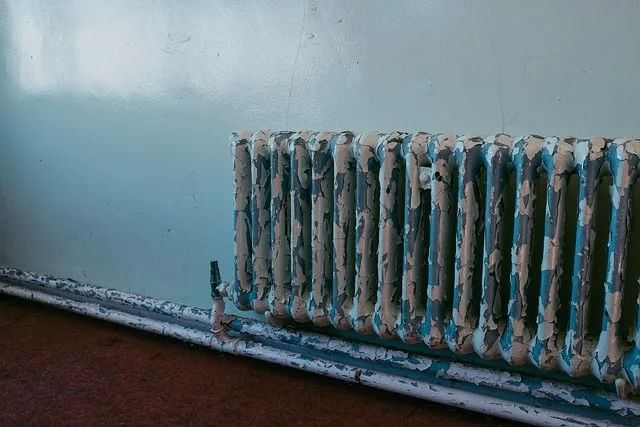
Keeping a home comfortably heated throughout the chilly fall and bitterly cold winter months can be a costly exercise. This is particularly true for individuals who reside in parts of the country that are known for brutal winters. Still, rather than resign yourself to spending a fortune on utility costs this winter, why not take measures to conserve your financial resources? As you’ll find, heating your residence in a cost-effective manner is far from a losing battle.
Be Vigilant About Roof and Chimney Maintenance
Although roof maintenance should be a priority for every homeowner, it’s particularly important for people living in areas with harsh winter weather. The persistent moisture from snowfall, sleet and ice can facilitate the formation of warping and holes, which can provide warm air with a clear exit and cold air with a clear entrance. As such, you should have your roof professionally inspected at least once a year. This will help ensure that any holes are discovered and patched up in a timely manner. As is the case with other types of home maintenance, the more time you allow roof-based issues to linger, the more severe they’re likely to become. For example, if some holes are left alone long enough, they stand to cause a full-on roof collapse, which can compromise the safety of everyone in your home.
By extension, you should also have your chimney thoroughly inspected and cleaned at least once a year. You’ll also want to make sure that the top of the chimney is free of any kind of obstructions – like tree branches or ivy – as these can obstruct the path of flue gases. Similarly, make sure every chimney flue in your home has a cap installed. These caps are essential to keeping out common obstructions, thus allowing the safe flow of gases. So, when shopping for a new chimney flue, keep an eye out for resilient flues that offer protection against obstruction.
You should also stick with fire-starters that are designed specifically for fireplaces and wood stoves. This means avoiding liquid fire-starters entirely. Not only can the accelerants found in liquid starters cause housefires, they can also leave behind residues that ignite inside the flue and cause chimney fires. Failure to take these and various other fireplace precautions can result in massive fires, carbon monoxide poisoning and many other undesirable consequences.
Installing Energy-Efficient Doors and Windows
While keeping doors and windows firmly closed can help minimize the amount of indoor air that escapes through them, this measure won’t eliminate the problem entirely. If you wish to keep the amount of escaped air to the barest possible minimum, consider upgrading to energy-efficient doors and windows. Thanks to the thick, thermal materials of which they’re composed, these doors and windows are highly adept at keeping indoor air inside and outdoor air outside.
In addition to helping you reduce your heating bills throughout the winter months, energy-efficient doors and windows can effectively reduce your cooling costs during the summertime. While they tend to have steeper price tags than traditional doors and windows, the long-term savings they provide will ensure that you ultimately wind up on top.
Hang Thermal Curtains
Thermal curtains are another great tool for minimizing how much indoor air is able to escape and how much outside air is able to enter your home. Since they’re made of much thicker materials than standard curtains, they can also prove useful at canceling out outside noise, which can be a boon to anyone who resides in a noisy area. Additionally, if you’re not a fan of excessive sunlight, you’ll be pleased to learn that many thermal curtains also double as blackout curtains.
If you live in a colder part of the country, wintertime heating bills are liable to cost you a pretty penny. This is particularly true for people who reside in larger homes and have a fair amount of space to heat. Getting through the winter can be difficult on a number of fronts – and staying warm inside your own home shouldn’t be one of them. Fortunately, staying warm and keeping your financial resources intact don’t have to be mutually exclusive, as there are a number of ways you can provide your residence with sufficient warmth without breaking the bank. So, if cost-effective heating is what you seek, consider the measures discussed above.
- Sagittarius Man & Gemini Woman Love and Sex Compatibility - January 31, 2024
- Taurus Ascendant Rising Personality Traits in Men (Guide) - January 31, 2024
- How to Seduce and Attract a Sagittarius Man (Seduction Tips) - January 31, 2024
